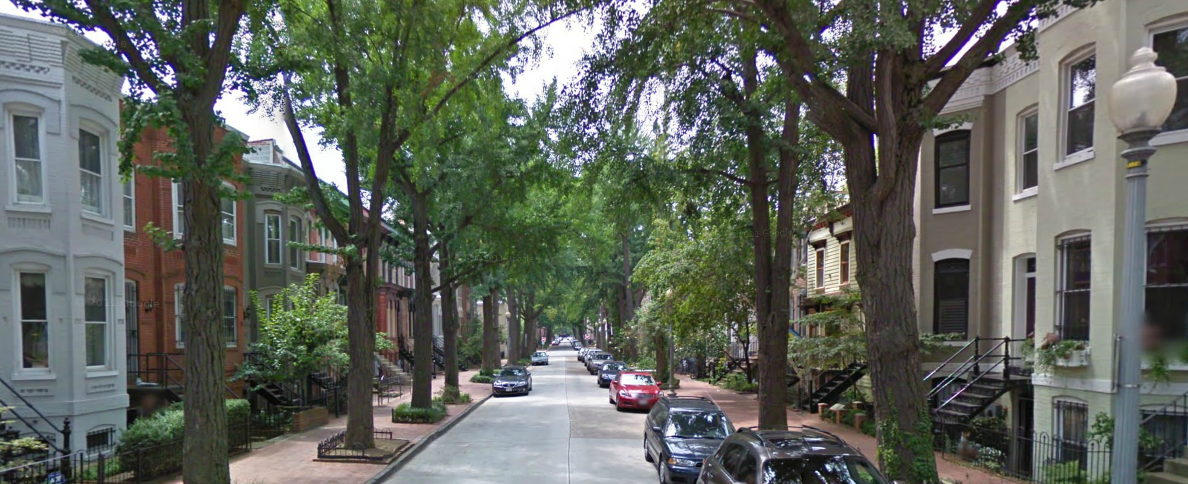 Much noise has been made over the height of the Civic Center Station Area Plan (SAP). Quiet and Safe San Rafael (QSSR) has called it “very high density”, citing increases to the unit-per-acre arrangement as proof. But density is not height, and height doesn't mean density.
Much noise has been made over the height of the Civic Center Station Area Plan (SAP). Quiet and Safe San Rafael (QSSR) has called it “very high density”, citing increases to the unit-per-acre arrangement as proof. But density is not height, and height doesn't mean density.
I wrote about the relative densities of various properties around Marin about a year ago when it seemed the whole county was up in arms over ABAG's affordable housing requirements and density. Though my point then was that we already have “high density” housing in some decidedly low-density areas (30 units per acre on San Anselmo's Forbes Avenue, 20 units per acre in Novato, etc.), what wasn't mentioned was the relationship between height and density.
In short, it's a loose connection, and it's easy to see how. Three story houses in a subdivision are 4-10 units per acre. Three story rowhomes, however, could be 20-45 units per acre, and three story apartment buildings could go even higher thanks to the small size of studio apartments. We typically don't think like this when discussing density and height, but it's important to keep in mind as we continue the great debate over the form we want Marin's redeveloping communities to take.
The Civic Center SAP recognizes this and calls for raising the cap of units to somewhere above 44 units per acre. This is a good thing, as 44 units is far below what a five-story apartment building could actually hold. Without this increase, which QSSR wants scrapped, the plan wouldn’t maximize residential density. Instead, the plan would maximize office density. From one standpoint, this would make a great deal of sense. Studies on the subject* show people are willing to walk further between home and transit than between work and transit. Given that SMART is designed to be a commuter rail line, putting offices right next to the train station is sensible.
But when planning how to shape development in San Rafael, this doesn't make any sense. Office rents in Marin are fairly low and the vacancy rate is unacceptably high. Until BioMarin decided to take up a chunk of the Marin Corporate Center, San Rafael's office market had a 25% vacancy rate. Contrast this with San Rafael's rental market, which is positively on fire. The vacancy rate is extremely low and rents are even higher than in almost as high as San Francisco itself. If San Rafael wants to maximize something, let it be in housing rather than offices.
If we wanted to top the area out at 44 units per acre, we should implement a form-based zoning code like the one in the Downtown SAP, but with a height limit of 36 feet and no density limits. This would have allowed developers to get the most out of the building they're permitted to build. Though office development would have been stymied, that's okay. When limits are lifted in highly constrained markets like Marin, developers tend to build small units like studio apartments, which attracts young singles, which attracts companies that employ young singles, which increases demand for office space and improves the office market in general.
The density limit currently in place also limits the effectiveness of inclusionary zoning laws, which force developers to set aside a certain percentage of units to be affordable. To keep the project viable, a developer needs to have enough housing to offset the costs of those affordable units, but when its hands are tied with a density limit often a project is just nonviable and is never proposed.
By adding 12-24 feet to the height limit while calling for increasing the density limit, the SAP will boost the availability of smaller units to address the problems just described. If the city council lifts the density limit entirely, it will go a long way to improve the office market, satisfy housing demand, and meet affordable housing requirements. The QSSR idea to maintain the density limit and the height limit would do nothing to meet any of these ongoing issues.
When San Rafael goes to do the investigations called for in the SAP, it needs to figure out what it wants and zone for that. If it creates a compromise where heights are increased but density limits are maintained, it will create a zone that works against itself and the economic interests of the county. When it finally does zone, it must keep in mind a form-based code.
*The clearest measure is on page 43 of this presentation (PDF) by G.B. Arrington, which shows a sharper drop-off in transit usage as jobs get further away from a station than the drop-off when housing gets further away from transit. However, if you're a stickler for studies, UC Berkeley found evidence (PDF) to back up the claim.
EDIT: The Civic Center SAP proposes investigating densities above 44 units per acre rather than setting a cap at 44 units per acre. The article has been changed to reflect the correction.